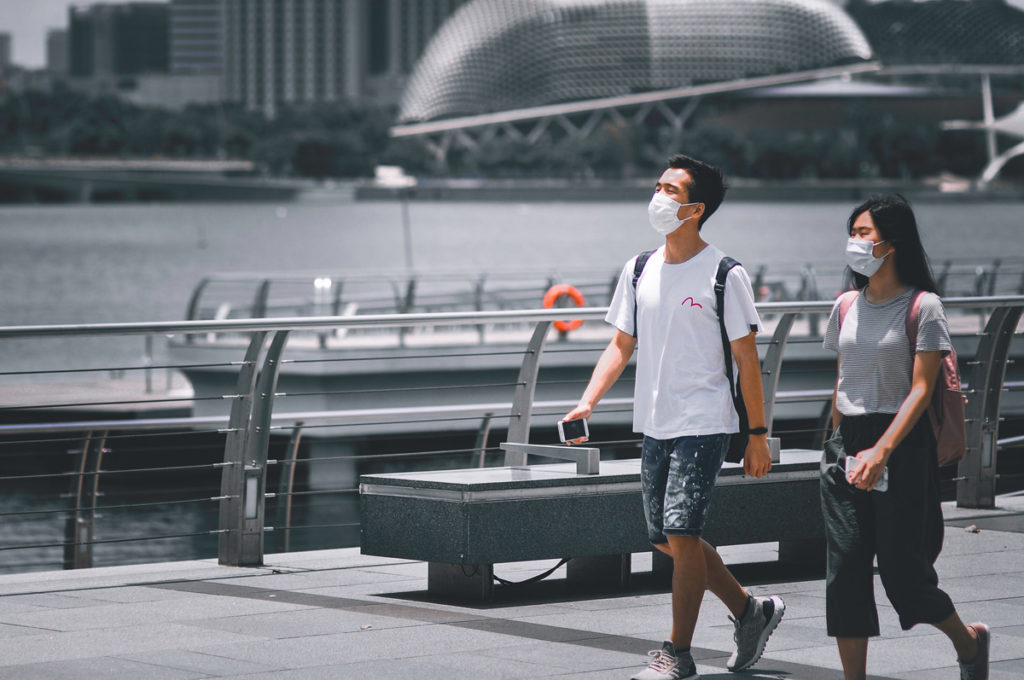The impact of the COVID-19 pandemic on the tourism and hospitality industry has been catastrophic. And while domestic travel restrictions have eased, businesses and workers in the industry still face uncertainty. As locales race towards immunization, the tourism sector continues to grapple with quarantine decisions and travel restrictions that directly impact its bottom line.
In a report by the World Travel & Tourism Council, tourism is responsible for nearly 16.8 million jobs in the US, and. 12.1 million are currently at risk of being lost if the global crisis drags on. This also endangers the $1.8 trillion it generates for the country, a whopping 9% contribution to the US economy.
A faster turnaround and trace system
Imposing quarantines is one of the most effective measures for keeping COVID-19 cases under control. Unfortunately, localized lockdowns and state-wide travel bans have a direct impact on the tourism industry. However, in areas with little to no cases, domestic tourism can still be profitable if safety protocols are implemented efficiently.
For instance, local authorities and tour providers can expedite running tests for non-vaccinated tourists and processing travel requirements. A contact tracing system should also be in place specific to those traveling for pleasure. This rule should be followed not only by tourists, but local providers, as well, including hotels, restaurants, museums, and other tourist spots.
Restoring traveler confidence

While fully vaccinated individuals are allowed to travel within the US without tests, it would take more than more lenient rules and open borders to get people to travel. While vaccinated people are at a lower risk of getting or spreading the virus, many still fear going out and traveling outside their locale. But there are a few strategies for towns and states that heavily rely on tourism to increase traveler confidence.
The first step is to be transparent and up-to-date about all things Covid in your area. If you’re a bus tour operator, for example, you must keep your clients safe throughout the tour. Safety measures could include sanitizing your Prevost coaches, imposing the wearing of facemasks at all times, and practicing physical distancing while on transport or during stops.
Improve communication
Communication between tourists and local authorities or outfitters should be strengthened to help curb the spread of the virus. Mass tourism is still highly discouraged at this point, given that new variants prove to be more contagious, so it’s important to impose limits. Local authorities can limit the number of tourists they can take in at a given time to prevent overcrowding. And all this should be properly communicated. On a larger scale, local governments should also coordinate to ensure safe and pleasant experiences for domestic tourists.
Examples would be the use of contract tracing apps, websites, and personalized online booking systems. On the other hand, tour operators should always prioritize transparency over profit so that local areas don’t lose the trust of locals and potential tourists. If the hotels and tourist spots are booked to the required capacity, they must communicate this to customers and stop accepting further bookings altogether.
Building a more sustainable and resilient industry
While coordinated action can be the best solution for domestic tourism to still work alongside a pandemic, the focus should be on building a more adaptive and sustainable tourism industry. What we have learned from the pandemic is that even an established and highly profitable industry can be vulnerable, so stakeholders must uncover and fill gaps to prevent worst-case scenarios in the future.
Like many other industries, tourism could benefit from digitization and the low carbon transition. Hotels and other hospitality spaces could also adopt alternative sources of income should another quarantine-requiring crisis occur. This could help prevent mass layoffs that hurt the economy and millions of lives.
The loss of domestic and international tourists could profoundly impact the US economy, and it would take years before the industry could recover fully. Time will tell whether the industry will evolve from the crisis or if it will ever come back to its pre-pandemic state. But one thing’s for sure. It would take a lot of cooperation and support among stakeholders, from travel authorities down to the workers.
This crisis has become a turning point or an opportunity to rethink the tourism of the future. Not only does tourism support jobs and businesses, but it also provides foreign exchange and drives community-level development that improves people’s lives. This is why it’s important to develop a more resilient and forward-thinking strategy.

